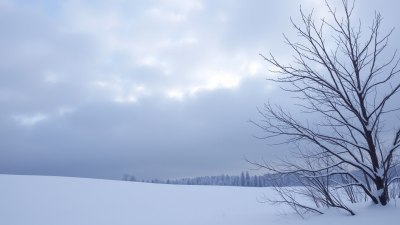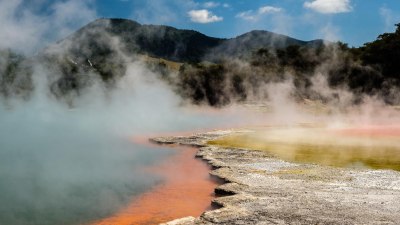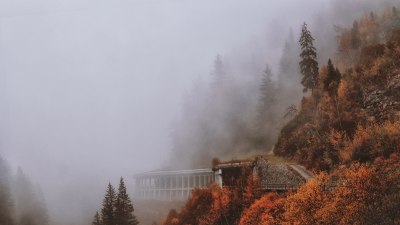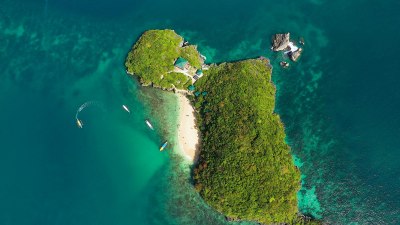The Weird Ways South America’s Climate Decides Where People Actually Live
Explore how South America's climate influences human settlement patterns across the continent.
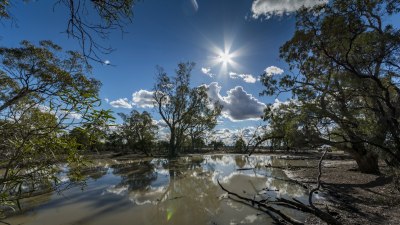
South America is a continent of striking contrasts, not just in its landscapes but also in its climate. From the arid deserts of Chile to the lush rainforests of the Amazon, the climate dramatically shapes where people choose to live. This article delves into the intriguing ways in which South America's diverse climate influences human settlement patterns, culture, and livelihoods.
The Amazon Rainforest: A Lush Habitat but a Complex Challenge
The Amazon rainforest, often referred to as the lungs of the Earth, harbors one of the most biodiverse ecosystems on the planet. Despite its wealth of resources, the region presents numerous challenges for human settlement. The high humidity and rainfall make agriculture difficult in certain areas, leading to a reliance on traditional slash-and-burn techniques. Forest dwellers and indigenous communities have adapted to the climate but face threats from deforestation and climate change, which alter their traditional lifestyles.
Andean Mountains: High Altitude Life
Conversely, the Andes mountain range stretches along the western edge of the continent, presenting a starkly different climate. Here, altitude plays a significant role in determining human settlement. In regions like Bolivia and Peru, agricultural practices must adapt to lower temperatures and higher elevations. Crops such as quinoa and potatoes thrive, and indigenous communities, such as the Quechua and Aymara, have cultivated unique cultural identities shaped by their environment.
Desert Extremes: The Atacama Desert
The Atacama Desert in northern Chile is one of the driest places on Earth. Its climate creates a peculiar situation for habitation. Very few people live in the desert itself, but nearby coastal areas, such as Antofagasta, thrive due to desalination technology and fishing industries. The stark contrasts found in this region highlight how climate not only limits but can also foster human innovation in terms of water sourcing and industry.
The Pampas: Fertile Plains
In contrast to the arid regions, the Pampas in Argentina are known for their fertile soils and temperate climate. The Pampas are the agricultural heartland of Argentina, supporting a significant portion of the country’s population. Livestock rearing and crop production flourished here, with the milder climate attracting waves of immigrants seeking agricultural opportunities. Economies have thrived on the agricultural outputs of this region, showcasing how favorable climate conditions can influence settlement and population density.
Biodiversity and Human Activity
The unique biodiversity found in South America often dictates human interaction with the environment. In regions like the Gran Chaco, where forest meets savannah, climatic variations lead to seasonal flooding. Communities living here must adapt to shifts between wet and dry seasons, developing resilient agricultural practices. The interplay of climate and human habitation is intricately woven, wherein cultures develop tailored solutions to survive and thrive.
Urbanization: Migrations Influenced by Climate
Climate change has begun to dramatically affect urbanization patterns across South America. Migration from rural areas to cities is often spurred by climate-related issues such as droughts, flooding, and other extreme weather events. The resultant urban growth in cities like São Paulo and Buenos Aires tells the story of climate’s influence on where people choose to settle, revealing a complex interplay between environmental pressures and urban opportunities.
Coastal Regions: A Balancing Act
Coastal regions in South America, from Colombia to Argentina, enjoy milder climates due to oceanic influences. These areas often see higher population densities because of their resources and economic activities such as fishing and tourism. Coastal living, however, brings challenges including rising sea levels and climate-induced erosion, prompting urban planners to rethink living strategies in vulnerable zones.
The Future of Settlement Patterns
As global temperatures rise, South America's climate is expected to continue changing, prompting shifts in human activities and settlement patterns. For instance, areas once thought inhospitable may become more livable, while previously fertile regions might face agricultural decline due to new weather patterns. This dynamic nature of climate change necessitates a re-evaluation of how and where people live in South America.
Climate Adaptation Strategies
Communities are increasingly adopting innovative strategies to adapt to climatic changes. Initiatives include implementing sustainable agriculture, investing in water conservation technologies, and promoting renewable energy solutions. These adaptive measures are crucial as they allow for a more resilient population capable of withstanding the impacts of a changing climate.
Indigenous Knowledge: A Source of Resilience
Indigenous peoples of South America have long depended on local climates for their livelihoods. Their traditional ecological knowledge, centered around sustainable practices and deep understanding of the environment, offers valuable insights. By incorporating these time-tested methods into contemporary environmental management, communities can enhance resilience against climate variability.
A Continually Evolving Landscape
South America is a vibrant tapestry of cultural and climatic diversity. The interaction between climate and human settlement is complex and continually evolving. Climate influences not only where populations live but also how they adapt and innovate. As South America confronts the challenges of climate change, understanding this relationship is vital for promoting sustainable living and ensuring the future prosperity of its inhabitants.

